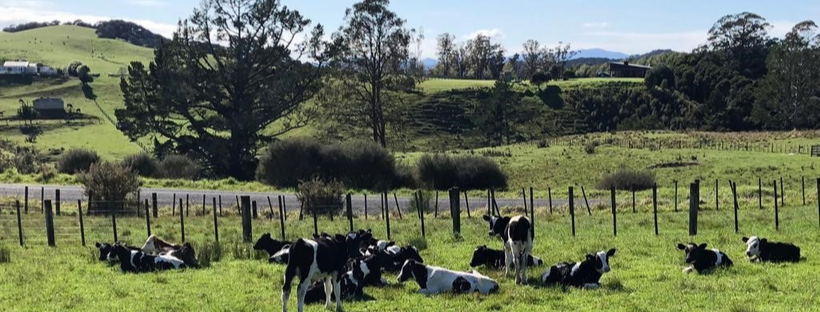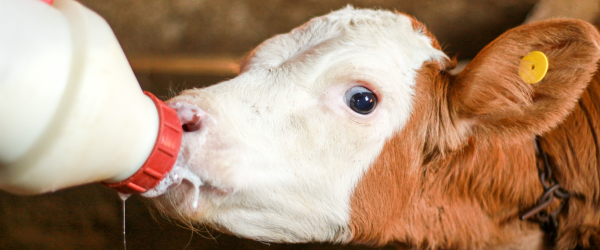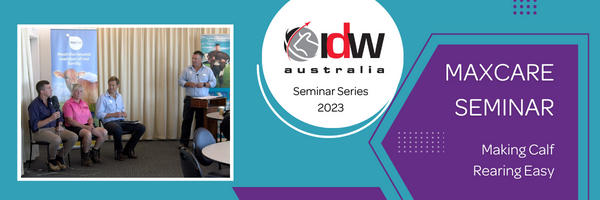The colostrum you fed a heifer calf this morning is one of the main predictors of her health as both a calf and a cow. What factors influence the quality of that colostrum? Sheila McGuirk, retired Professor of Veterinary Medicine at the University of Wisconsin, discusses issues that can affect colostrum quality, and how it can be improved.
Failure of passive transfer of immunity (FPT) is essentially a failure of colostrum quality, delivery or both.
Sheila McGuirk, retired Professor of Veterinary Medicine at the University of Wisconsin, said FPT is a major problem that has negative short- and long-term consequences for the health and productivity of herd replacements.
When individual calves are identified as FPT through routine monitoring of serum total protein (STP) concentration, they can be monitored for more intensive health screenings throughout their lives. But when the problem is more herd-wide, McGuirk said the entire colostrum program needs evaluation.
“When more than 20% of calves in a herd have STP readings of less than 5.5 gm/dl, or more than 10% have STP levels lower than 5.2 gm/dl, the colostrum program needs attention,” said McGuirk.
She advised such data should come from at least 10 to 12 calves less than 7 days of age.
McGuirk said the cause of herd-wide FPT is likely related to colostrum volume, cleanliness, absorption factors or quality – or a combination of these factors.
She said in terms of volume, Holstein calves that suckle should be fed at least 3 quarts of colostrum within 4 hours of birth. If an esophageal feeder is needed, that volume should be raised to 4 quarts. Bacterial contamination (more than 100,000 cfu/ml of bacteria) can interfere with immunoglobulin absorption.
If the colostrum is low in immunoglobulins, there are fewer antibodies available for calves to absorb. McGuirk said common reasons for low-quality colostrum are:
- High-producing cows. Colostrum dilution occurs soon after calving.
- Delayed milking. Colostrum should be harvested within 4 hours of calving.
- Suckling calves. If calves are left with the cow for 30 to 60 minutes after birth, the calf often has nursed the cow.
- Leaking milk or pre-milking before calving.
- Short dry periods of 30 days or less.
- Nutritional deficiencies in the dry-cow program. McGuirk noted this issue usually impairs colostrum volume more than quality.
- Health issues in the dams. Again, this usually results in lower colostrum volume versus quality.
- Limited or poor vaccination program for dams. McGuirk cautioned that while vaccinating for certain diseases is important to protect the health of calves, it does not affect measurable immunoglobulin levels.
The veterinarian said herds experiencing widespread FPT can benefit from evaluation by an experienced third party, to determine which factors may be affecting colostrum quality and/or delivery and ultimately impacting calves’ immunity.
Original article sourced from https://www.dairyherd.com




